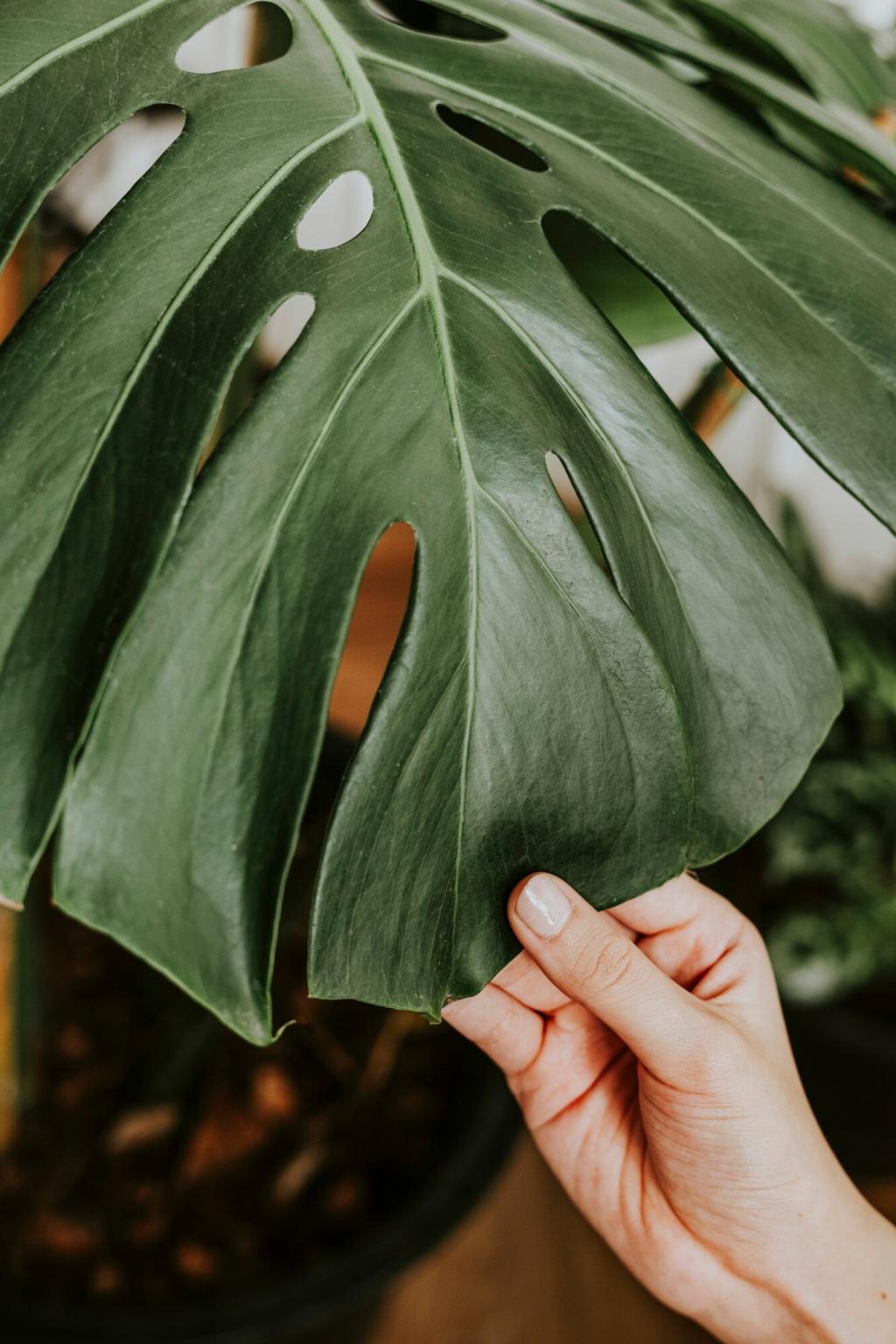Sustainable Materials in Eco-Home Design: Living Beautifully Within Limits
Chosen theme: Sustainable Materials in Eco-Home Design. Welcome to a home page shaped by nature, science, and care. Explore how thoughtful material choices lower carbon footprints, improve indoor health, and create timeless spaces. Share your questions and subscribe for hands-on guides, stories, and actionable checklists.


Why Sustainable Materials Matter from Day One
Embodied carbon is the total greenhouse gas footprint of a material before it reaches your home. Choosing low-carbon options—like mass timber, reclaimed brick, or recycled steel—shrinks climate impact before your thermostat even clicks on.
Why Sustainable Materials Matter from Day One
Sustainable materials often mean fewer toxins. Low-VOC paints, formaldehyde-free plywood, and lime or clay plasters protect your lungs while balancing humidity. The result is a quieter comfort that you feel with every deep breath.
Sheep’s wool and cellulose, cozy by design
Sheep’s wool absorbs moisture without losing insulation value and helps neutralize indoor odors. Cellulose, made from recycled paper, diverts waste and fits snugly into awkward cavities. Both materials create softly insulated rooms that sound pleasantly hushed.
Cork’s quiet strength
Harvested from bark without felling trees, cork offers elastic resilience, thermal stability, and remarkable acoustics. Underfoot or in wall panels, it tempers echoes and temperature swings. Many readers describe cork floors as warm even on frosty mornings.
Structure with a Smaller Footprint
FSC timber that tells a forest-friendly story
FSC-certified lumber supports responsible forestry and biodiversity. Use it for framing, decking, and exterior cladding. Complement with mechanical fasteners to simplify future disassembly, reducing demolition waste and preserving the value hidden in every board.

Finishes That Breathe: Lime, Clay, and Plant-Based Coats
01
Moisture-regulating plasters
Lime and clay plasters draw and release humidity, easing mechanical loads and smoothing daily swings. Their mineral depth handles scuffs gracefully. Many homeowners report fewer condensation patches and a subtle, gallery-like glow across changing daylight.
02
Low-VOC, plant-based finishes
Look for waterborne, low-VOC paints, plant oils, and waxes that cure hard without harsh fumes. They are kinder to applicators and occupants, especially kids and pets. Test samples in sunlight; natural pigments shift beautifully through the day.
03
Recycled glass and terrazzo surfaces
Countertops with recycled glass or eco-terrazzo turn post-consumer waste into durable, luminous speckle. Pair with lime-based grouts and non-solvent sealers. A subscriber told us guests always ask about the shimmering blue flecks above the sink.
Permeable pavers over open-graded base layers let stormwater soak into soil instead of racing to drains. Direct overflow to a native rain garden that filters pollutants and invites pollinators. The driveway becomes habitat, not hardscape.
Water-Wise Surfaces and Systems
Use food-grade liners, UV-stable tanks, and stainless or recycled steel hardware to store harvested rainwater. Add leaf screens and sediment filters for cleaner water. Label non-potable lines clearly, and maintain easy access for seasonal flushing.
Water-Wise Surfaces and Systems
Certifications and Sourcing Without the Jargon
Reading EPDs, HPDs, and labels
Environmental Product Declarations and Health Product Declarations reveal embodied impacts and ingredient transparency. Look for FSC, Cradle to Cradle, or Declare. Compare like-for-like categories, and prioritize the biggest wins: structure, insulation, and finishes.
Buying local and salvaged, strategically
Local mills, reuse depots, and architectural salvage reduce transport emissions and uncover unique stock. Call ahead with dimensions and quantities. Post your needs in community groups; neighbors often have surplus cork, tile, or leftover siding.
Budgeting with life-cycle in mind
A slightly higher upfront price can pay back through durability, repairability, and health. Track maintenance intervals, refinishing options, and resale value. Invite readers to download our cost-of-ownership template and share your real numbers to help others.
DIY, Upcycling, and Community Energy
Weekend project: a pallet herb wall or denim-insulated shed
Select heat-treated pallets, sand safely, and finish with plant oil. Or retrofit a garden shed with recycled denim batts and cork underlayment. Post your results, pitfalls, and triumphs; we’ll feature standout builds in our newsletter.
Join a materials library or swap
Many cities host tool libraries and material exchanges where offcuts, tiles, and fixtures get a second life. Bring your surplus, borrow what you need, and meet mentors who can steer you toward smarter, greener choices.
Share your build and subscribe for deeper dives
Tell us which sustainable material surprised you most—wool, hempcrete, or reclaimed brick? Subscribe for case studies, checklists, and expert Q&As. Your questions shape our next guides, so reply with topics you want unraveled.

